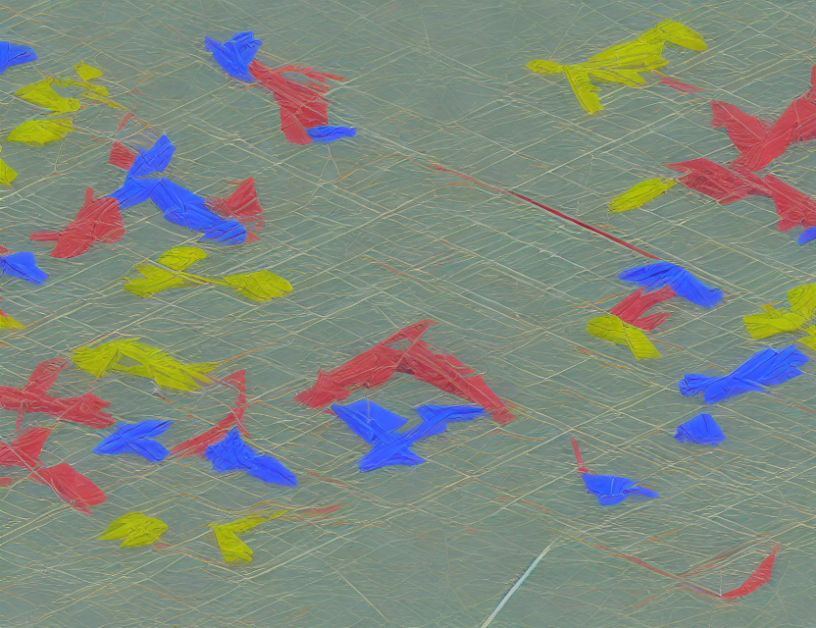The LaCour Corpus is a comprehensive dataset of European Court of Human Rights (ECHR) hearings, providing a wealth of information for legal researchers and scholars. The corpus contains over 14,000 hours of audio recordings, along with transcripts and other relevant documents, spanning several decades. This article aims to provide an overview of the LaCour Corpus and its potential uses, as well as highlighting some of the challenges and opportunities in analyzing this vast dataset.
Key Points
- The LaCour Corpus is a unique resource for studying legal argumentation, providing insight into the ways in which judges, lawyers, and other parties present their cases in ECHR hearings.
- The corpus contains over 14,000 hours of audio recordings, along with transcripts and other documents, making it one of the largest and most comprehensive legal datasets available.
- Researchers can use the LaCour Corpus to analyze various aspects of legal argumentation, such as tone, pace, and language use, in order to gain a deeper understanding of how arguments are constructed and presented in court.
- The corpus also provides valuable insights into the decision-making process at the ECHR, allowing researchers to study the factors that influence judgments and rulings.
- The LaCour Corpus can be used to develop and evaluate machine learning models for legal language understanding, with potential applications in areas such as legal document analysis and summary generation.
- Despite its wealth of information, the LaCour Corpus also presents several challenges for researchers, including issues related to data quality, bias, and ethical considerations.
- The corpus provides a unique opportunity for interdisciplinary research, combining insights from linguistics, computer science, law, and other fields in order to gain a more comprehensive understanding of legal argumentation and decision-making.
In conclusion, the LaCour Corpus is an invaluable resource for anyone interested in studying legal argumentation and decision-making at the European Court of Human Rights. With its extensive collection of audio recordings, transcripts, and other documents, this corpus offers a wealth of opportunities for researchers to analyze and understand the complex dynamics of courtroom argumentation. However, it also presents several challenges that must be addressed in order to fully realize the potential of this dataset.



